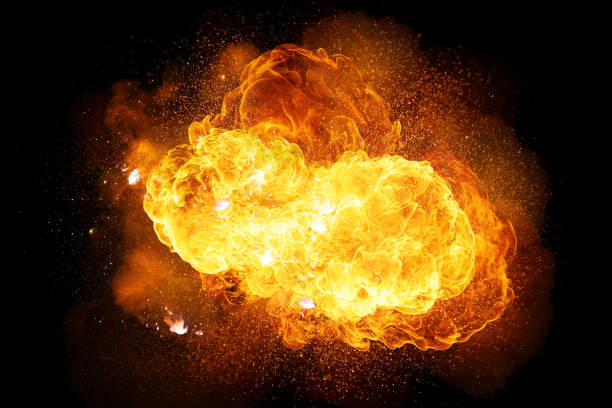
Bangkok, Apr 8: Asian markets opened higher on Tuesday, with Japan’s Nikkei 225 share benchmark shooting up more than 6 per cent after it fell nearly 8 per cent a day earlier.
The rebound followed a wild day on Wall Street as US stocks careened after President Donald Trump threatened to crank his double-digit tariffs higher.

Early Tuesday, China’s Commerce Ministry said it would “fight to the end” and take unspecified countermeasures against the United States to safeguard its own interests after President Donald Trump threatened an additional 50 per cent tariff on Chinese imports.
By late morning Tokyo time, the Nikkei 225 was up 6.5 per cent at 33,148.52.
Hong Kong also recovered some lost ground, but not anything close to its 13.2 per cent dive on Monday that gave the Hang Seng its worst day since 1997 during the Asian financial crisis.
The Hang Seng gained 1.7 per cent to 20,163.97, while the Shanghai Composite index jumped 0.8 per cent to 3,121.72.
South Korea’s Kospi gained 1.6 per cent to 2,364.22, while the S&P/ASX 200 also was up 1.6 per cent, at 7,462.60.
Markets in New Zealand and Australia also were higher.
On Monday, the S&P 500 sagged 0.2 per cent as shell-shocked investors watched to see what Trump will do next in his trade war. If other countries agree to trade deals, he could lower his tariffs and avoid a possible recession. But if he sticks with tariffs for the long haul, stock prices may fall further.
The Dow Jones Industrial Average fell 349 points, or 0.9 per cent, and the Nasdaq composite edged up by 0.1 per cent.
All three indexes started the day sharply lower, and the Dow plunged as many as 1,700 points following even worse losses elsewhere in the world. But it suddenly surged to a gain of nearly 900 points in the late morning. The S&P 500, meanwhile, went from a loss of 4.7 per cent to a leap of 3.4 per cent, which would have been its biggest jump in years.
The sudden rise followed a false rumour that Trump was considering a 90-day pause on his tariffs, one that a White House account on X quickly labelled as “fake news.” That a rumour could move trillions of dollars’ worth of investments shows how much investors are hoping to see signs that Trump may let up on tariffs.
Stocks quickly turned back down, and shortly afterward, Trump dug in further and said he may raise tariffs more against China after the world’s second-largest economy retaliated last week with its own set of tariffs on US products.
Trump’s tariffs are an attack on the globalisation that’s shaped today’s world economy and helped bring down prices but also caused manufacturing jobs to leave for other countries.
He has said he wants to bring factory jobs back to the United States, a process that could take years. Trump also says he wants to narrow trade deficits with other countries, but it’s unclear how much room for negotiation there is on the US side or among its trading partners.
Indexes swung between losses and gains Monday, partly because investors are still hoping negotiations may forestall actual implementation of the stiff duties on all imports.
All that seemed certain Monday was the financial pain hammering investments around the world after Trump announced tariffs on his April 2 ‘Liberation Day.’
Oil has also fallen, hurt by worries that a global economy weakened by trade barriers will burn less fuel. A barrel of benchmark US crude oil dipped below USD 60 on Monday for the first time since 2021. Early Tuesday, it was up 62 cents at USD 61.32 per barrel.
Brent crude, the international standard, gained 70 cents to USD 64.91 per barrel.
In currency trading, the US dollar rose to 147.32 Japanese Yen from 147.71 Yen. The Euro fell to USD 1.0983 from USD 1.0917.
The price of gold rose USD 38 to USD 3,011.60 an ounce.
Bitcoin gained 2.1 per cent to USD 80,081.17. On Monday it sank below USD 79,000, down from its record above USD 1,00,000 set in January. (AP)





